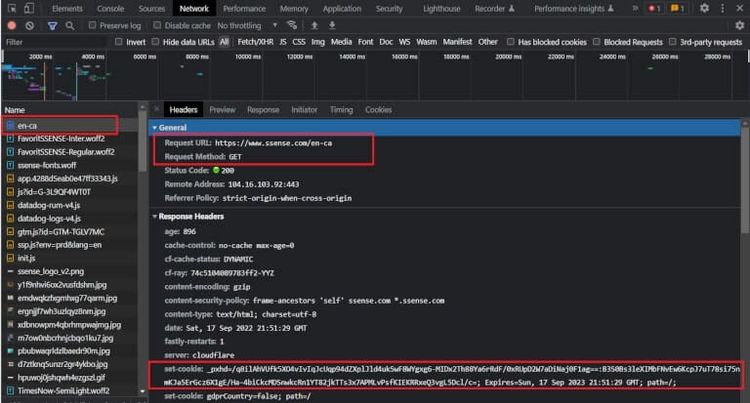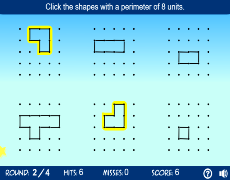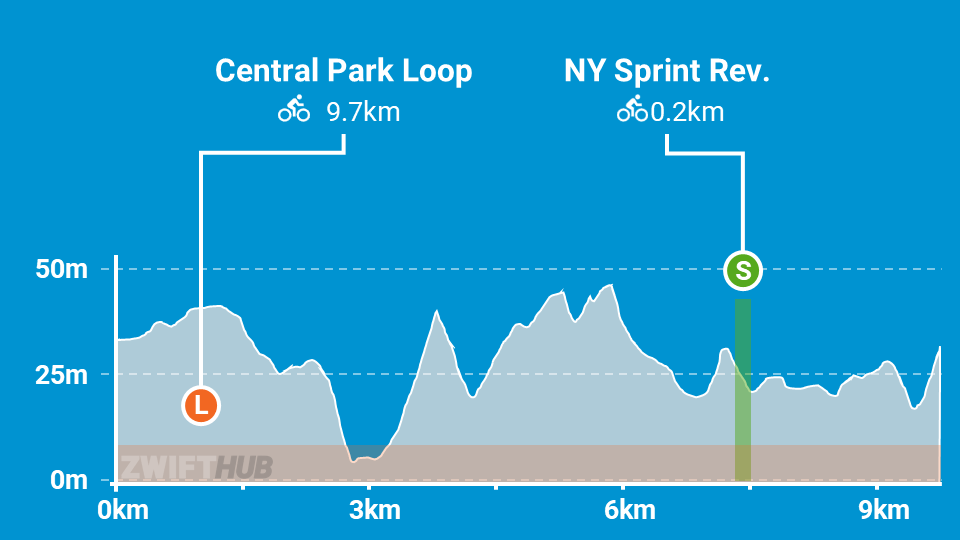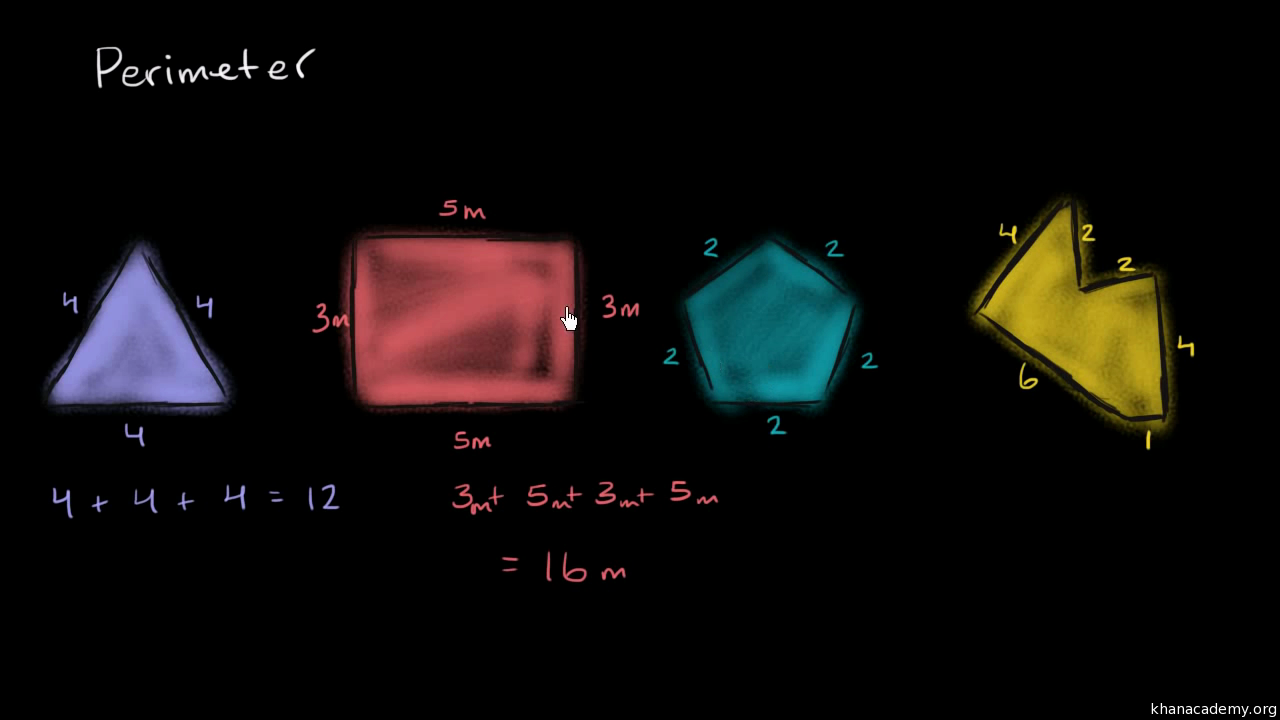Topic how to get the perimeter of a semicircle: Learn how to get the perimeter of a semicircle with our comprehensive guide. This article breaks down the formula, steps, and examples to help you understand and calculate the perimeter of a semicircle easily. Whether for school, work, or curiosity, we've got you covered with clear explanations and practical tips.
Table of Content
- How to Get the Perimeter of a Semicircle
- Introduction
- Understanding the Semicircle
- Derivation of the Perimeter Formula
- Steps to Calculate the Perimeter
- Examples and Practice Problems
- Common Mistakes to Avoid
- Applications of the Perimeter of a Semicircle
- Frequently Asked Questions
- YOUTUBE: Xem video này để học cách tính chu vi của một nửa đường tròn một cách dễ dàng và hiệu quả.
How to Get the Perimeter of a Semicircle
A semicircle is a half of a circle, formed by dividing a circle along its diameter. To find the perimeter of a semicircle, you need to calculate both the curved edge and the straight edge (diameter).
Formula for the Perimeter of a Semicircle
The formula to find the perimeter (P) of a semicircle with radius (r) is:
\[ P = \pi r + 2r \]
Here, \(\pi\) (pi) is approximately 3.14.
Steps to Find the Perimeter of a Semicircle
- Calculate the curved part of the semicircle (half the circumference of the full circle): \[ \text{Curved part} = \pi r \]
- Find the diameter of the circle, which is twice the radius: \[ \text{Diameter} = 2r \]
- Add the curved part and the diameter to get the total perimeter: \[ P = \pi r + 2r \]
Example Problems
Example 1
Find the perimeter of a semicircle with a radius of 7 cm.
Solution:
- Curved part = \(\pi \times 7 = 22/7 \times 7 = 22\) cm
- Diameter = \(2 \times 7 = 14\) cm
- Total perimeter = \(22 + 14 = 36\) cm
Example 2
Find the perimeter of a semicircle with a diameter of 10 cm.
Solution:
- Radius = \( \frac{10}{2} = 5 \) cm
- Curved part = \(\pi \times 5 = 3.14 \times 5 = 15.7\) cm
- Diameter = 10 cm
- Total perimeter = \(15.7 + 10 = 25.7\) cm
Important Notes
- The perimeter of a semicircle is not simply half of the circle's circumference. You must add the diameter to the half-circumference to get the correct perimeter.
- Always ensure to use the same units for all measurements and convert if necessary.

READ MORE:
Introduction
Understanding how to calculate the perimeter of a semicircle is essential for various mathematical and real-world applications. The perimeter of a semicircle is the total length of its boundary, which consists of the curved part (half the circumference of a full circle) and the straight part (the diameter). This calculation is straightforward when the radius or diameter is known, and it uses basic geometric formulas involving π (pi).
To find the perimeter of a semicircle, use the following steps:
- If the diameter (d) is given, use the formula: \( P = \frac{\pi d}{2} + d \)
- If the radius (r) is given, use the formula: \( P = r(\pi + 2) \)
For example, if the diameter of a semicircle is 10 units, first find the radius, which is half the diameter (r = 10/2 = 5 units). Then, apply the formula:
\( P = 5(\pi + 2) \approx 5(3.14 + 2) = 25.7 \) units.
In another example, if the radius of a semicircle is 8 units, the perimeter would be:
\( P = 8(\pi + 2) \approx 8(3.14 + 2) = 41.12 \) units.
These calculations demonstrate the ease of determining the perimeter of a semicircle with the given formulas, making it a practical skill in geometry.
Understanding the Semicircle
A semicircle is a geometric shape that represents half of a full circle. When a circle is divided into two equal parts by a diameter, each part is a semicircle. Understanding the properties and formulas related to semicircles is essential for solving various mathematical problems.
The key characteristics of a semicircle are its radius, diameter, and the curved edge, which is half the circumference of the full circle. Here are some fundamental concepts:
- Radius (r): The distance from the center of the semicircle to any point on its curved edge.
- Diameter (d): The straight line passing through the center of the semicircle, connecting two points on the boundary. It is twice the radius (d = 2r).
- Curved Edge: The arc that forms the boundary of the semicircle. It is half the circumference of the full circle.
Let's explore the formulas associated with the semicircle:
| Area | \(\frac{1}{2} \pi r^2\) |
| Perimeter | \(\pi r + 2r\) or \(\frac{1}{2} \pi d + d\) |
To understand these formulas, consider the following:
- The area of a semicircle is half the area of a full circle. Since the area of a circle is \(\pi r^2\), the area of a semicircle is \(\frac{1}{2} \pi r^2\).
- The perimeter of a semicircle includes the curved edge (half the circumference of a full circle) and the diameter. The perimeter formula is thus derived by adding the length of the curved edge (\(\pi r\)) to the diameter (2r), resulting in \(\pi r + 2r\).
Understanding these fundamental properties and formulas of the semicircle is crucial for various applications in geometry and real-life problems.
Derivation of the Perimeter Formula
To derive the formula for the perimeter of a semicircle, we need to consider both the curved part of the semicircle and its straight diameter.
- First, recall that the perimeter of a full circle is given by the formula: \[ P_{\text{circle}} = 2 \pi r \] where \( r \) is the radius of the circle.
- Since a semicircle is half of a full circle, the length of the curved part of the semicircle is: \[ P_{\text{curved}} = \pi r \]
- Next, we need to add the length of the diameter to the curved part to get the total perimeter. The diameter \( d \) is twice the radius, so: \[ d = 2r \]
- Therefore, the total perimeter of the semicircle is the sum of the curved part and the diameter: \[ P_{\text{semicircle}} = \pi r + 2r \]
Thus, the formula for the perimeter of a semicircle is:
Alternatively, if the diameter \( d \) is given, the formula can be written as:
These formulas account for both the curved edge and the straight edge of the semicircle, providing a complete measurement of its perimeter.
Steps to Calculate the Perimeter
To calculate the perimeter of a semicircle, follow these steps:
- Find the radius of the semicircle.
- Use the formula for the perimeter of a semicircle:
\( P = \pi r + 2r \)
- Plug in the value of the radius into the formula.
- Perform the necessary calculations.
- Round the result to the appropriate decimal places, if needed.

Examples and Practice Problems
Let's work through some examples and practice problems to solidify our understanding of calculating the perimeter of a semicircle:
- Example 1:
- Example 2:
| Given: | Radius (\( r \)) = 5 units |
| Calculation: | Using the formula: \( P = \pi r + 2r \) |
| Result: | Substituting \( r = 5 \) into the formula gives \( P = \pi(5) + 2(5) = 5\pi + 10 \) units |
| Given: | Radius (\( r \)) = 8.5 cm |
| Calculation: | Using the formula: \( P = \pi r + 2r \) |
| Result: | Substituting \( r = 8.5 \) into the formula gives \( P = \pi(8.5) + 2(8.5) = 8.5\pi + 17 \) cm |
Common Mistakes to Avoid
When calculating the perimeter of a semicircle, it's important to avoid these common mistakes:
- Forgetting to halve the circumference: Remember, a semicircle is half of a circle, so the perimeter calculation should reflect that by halving the circumference formula.
- Using the diameter instead of the radius: Ensure you're using the radius (\( r \)) in the perimeter formula, not the diameter. If you're given the diameter, remember to divide it by 2 to get the radius.
- Incorrectly applying the formula: Make sure to use the correct formula for the perimeter of a semicircle, which is \( P = \pi r + 2r \), where \( r \) is the radius.
- Not simplifying the result: After substituting the radius into the formula, simplify the expression to get the final perimeter value.
Applications of the Perimeter of a Semicircle
The perimeter of a semicircle finds various applications in real-life scenarios. Some of these include:
- Construction: Architects and engineers use semicircles in designing structures such as arches, which require accurate calculations of perimeter for stability and aesthetic appeal.
- Landscaping: Gardeners and landscapers use semicircular flower beds or pathways in gardens and parks. Calculating the perimeter helps in estimating materials like fencing or paving stones needed.
- Transportation: Traffic engineers may use semicircular road barriers or traffic islands. Understanding the perimeter aids in determining the length of guardrails or marking paint needed.
- Manufacturing: Industries that produce curved components, like semi-circular windows or conveyor belts, rely on perimeter calculations to ensure precise fabrication and assembly.
- Education: Teachers use semicircles in geometry lessons to illustrate concepts like circumference, diameter, and perimeter, fostering understanding of mathematical principles.
Frequently Asked Questions
-
What is the formula for the perimeter of a semicircle?
The formula for the perimeter of a semicircle is \( P = \pi r + 2r \), where \( r \) is the radius of the semicircle.
-
Why do we need to halve the circumference in the perimeter formula?
Since a semicircle is half of a circle, we halve the circumference to accurately reflect the partial shape's perimeter.
-
Can I use the diameter instead of the radius in the perimeter formula?
No, you should use the radius (\( r \)) in the formula. If you're given the diameter, remember to divide it by 2 to obtain the radius.
-
What are some real-life applications of calculating the perimeter of a semicircle?
The perimeter of a semicircle is used in various fields such as construction, landscaping, transportation, manufacturing, and education. It helps in designing structures, estimating materials, planning roads, fabricating components, and teaching geometry concepts.
-
How do I avoid common mistakes when calculating the perimeter of a semicircle?
To avoid mistakes, remember to halve the circumference, use the radius in the formula, apply the correct formula (\( P = \pi r + 2r \)), and simplify the result after calculation.

Xem video này để học cách tính chu vi của một nửa đường tròn một cách dễ dàng và hiệu quả.
Hướng dẫn tính chu vi của một nửa đường tròn
READ MORE:
Xem video này để học cách tính chu vi của một nửa đường tròn bằng phương pháp giảng dạy từ Corbettmaths.
Chu vi của một nửa đường tròn - Corbettmaths















